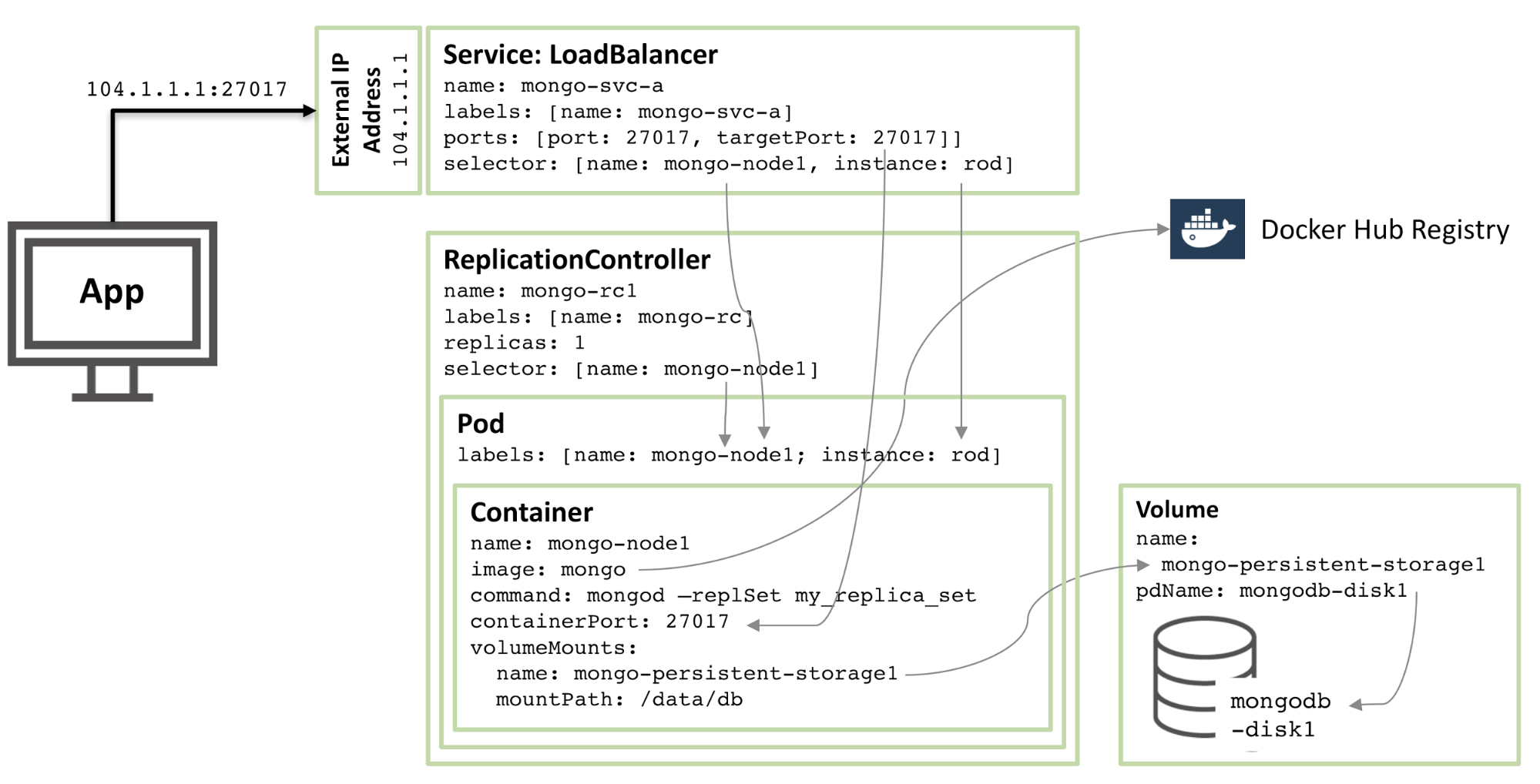

Now let’s look at some commands associated with networking in Docker. This is a bridge between the Docker Host and the Linux Host. This adapter is created when Docker is installed on the Docker Host. If you do an ifconfig on the Docker Host, you will see the Docker Ethernet adapter.
#Docker ip download
As you see, deploying Nginx as a Docker container takes 5 minutes while you download the official Nginx docker image and run it from your terminal.Docker takes care of the networking aspects so that the containers can communicate with other containers and also with the Docker Host. That’s all, at this time you should be your Nginx+Docker container running easily.
#Docker ip install
Or for CentOS Linux: yum install nano Conclusion You will probably need to install some system tools in order to work properly with your Nginx container, in order to do so, you will need to run the following command to avoid displaying errors to configure the TERM environment variable to xterm variable as you see below: docker run -name ngx-docker-new -p 80:80 -e TERM=xterm -d nginxĪfter that you should be able to install any system tool like nano, vim, emacs, etc, as you do always:įor Debian and Ubuntu users: apt-get install nano Installing system tools inside the Docker container

-it is the parameter used to run an interactive pseudo-tty.exec is used to run a command inside a container.Replace “ngx-docker” with your real docker container name. If you don’t know your container ID you can get it by running: docker ps -aqf "name= ngx-docker" We will now run docker to get access to our Nginx docker container so you can tweak it as you need, let’s run the following command: docker exec -it CONTAINER_ID bash If you changed your port to be 8080, do the same, but instead of using just the IP address, add :8080 at the end. Open up a browser, and type the IP address of the server that is hosting the Nginx docker container, should see the Nginx welcome image: If you are already using your port 80 on another docker container or apache/nginx instance, you can setup the network port to another different than 80, let’s say 7070 or 8080. “docker-nginx” is just the name of the container, and the magic is done by specifying -p 80 (network port) and :80 (container port), finally “-d nginx” at the end of the command specifies what image should be used for this container, and that should be run in detached mode. This will help you to expose your Nginx Docker port to all your network: docker run -name ngx-docker -p 80:80 -d nginxīy executing “docker run” we are telling Docker that we are running an image as container. The Nginx image on Docker will be listening at a specific port, but it is not yet attached to the network port, in order to do so, you will have to run the following command. Configure the Nginx Docker container on your network
#Docker ip how to
Login into your server or local computer as root in your favourite terminal client, after that we will pull the Nginx docker image using the following command: docker pull nginxĪdd your system user to the Docker group by running: sudo gpasswd -a $ dockerĬlose all your terminal sessions, and try to login back again, start docker.Īlright, now that you pulled the nginx docker image and added the linux system user into docker group, let’s see how to make your port available to your network. Let’s start deploying Nginx as a Docker container, step by sstep. Ay Linux distribution like CentOS / RHEL 6.x / 7.x or Ubuntu / Debian.Setting up a docker container is not difficult at all, what can be a little bit challenging is to run the container so it can be reachable from your local network, but hey, follow this step by step guide and we will make this task easy for you. What are the requirements for me to setup Nginx + Docker? How can I deploy Nginx as a Docker container? Let’s see what’s the way to setup Nginx and Docker on Linux systems. It’s scalable, fast, and easy to manage to all those who are looking for a new way to deploy modern web applications.ĭeploy Nginx as a Docker container step by step The days of working with FTP and simple operating system virtualizations are over… Modern web developers use Docker + Terminal to run & manage their services, and on this article we will explore a simple and fast way to run Nginx as a Docker container so you can start working with the fantastic Nginx dockerized.ĭocker containers changed the life of all web developers, it’s a an easy and fast way to setup web apps and services in just minutes.


 0 kommentar(er)
0 kommentar(er)
